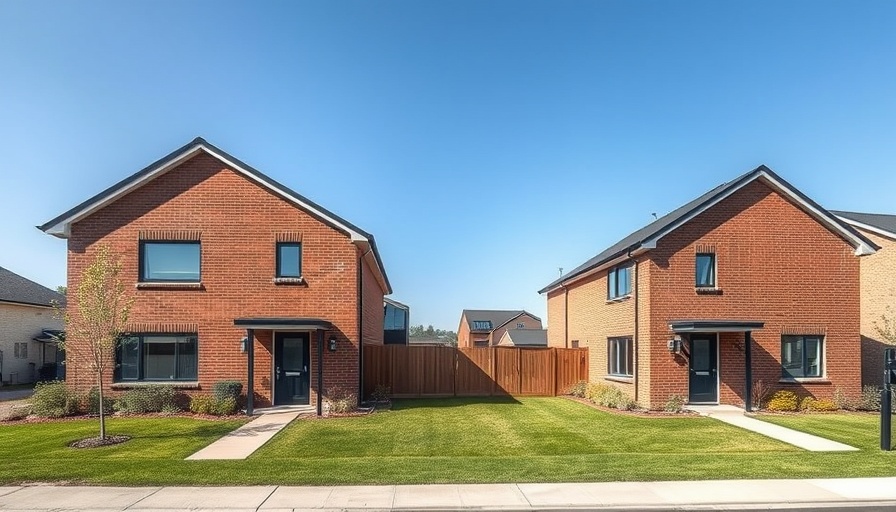
The Coming Storm: Economic Pressures on Rent Stability
As of March, the median asking rent dipped slightly year-over-year to $1,610, marking a subtle 0.6 percent decline from the previous year and a 0.4 percent increase from just February. While these minor fluctuations have provided small relief to renters, Redfin economists warn of an imminent shift in the landscape that could disrupt the fragile stability in rental prices.
Understanding the Impact of Tariffs
At the root of this potential upheaval are economic factors, particularly a looming 10 percent blanket tariff on imports initiated in early April. Although some reciprocal tariffs are temporarily on hold, significant partners like China remain excluded from this pause, leaving essential building materials still vulnerable to tariffs. The result? An increase in construction costs which could stifle the creation of new housing units, pushing rental prices upward in markets where demand continues to thrive.
Supply Chain Challenges and Uncertain Times
As noted by Redfin’s Economics Research Lead, Chen Zhao, the cascading effect of these tariffs could drive more people to rent, rather than owning homes, due to growing economic unease. This uncertainty has been amplified by fluctuating stock markets and rising prices for essential goods and services. Renting could seem like a safer, more stable option for many individuals considering the current economic climate.
Rental Price Dynamics Across Cities
Interestingly, fluctuations in rent prices aren’t uniform across the country. While some cities are reporting declines—like Austin, where rents have plummeted by 10.7 percent year-over-year—others are experiencing surges. For instance, Cincinnati has seen a whopping 12.1 percent hike in rents. This divergence raises questions about the future of rental markets, especially as fewer new units come online and demand remains unabated.
Future Trends: What Renters Should Anticipate
Looking ahead, the combination of increased demand and slowed construction could create a perfect storm for a potential hike in rents across many markets. Notably, the costs associated with homeownership are becoming prohibitively high—current data states an average American household must earn over $116,000 annually to afford a median-priced home, nearly double the roughly $64,160 necessary for a typical apartment. Will this push more individuals back into rental markets, further straining availability?
Implications for Future Renters
For prospective renters, the message is clear: keep a watchful eye on both national economic conditions and local market trends. The challenges posed by tariffs, construction slowdowns, and a changing economic mood could mean that what seems like a moment of relief today could give way to a rise in costs tomorrow. Engaging with local housing experts and staying informed about the market can provide valuable insights for making theatrical decisions during these fluctuating times.
As economic factors continue to ripple through the rental landscape, being proactive is essential. While small declines in rent prices might offer short-term relief, the broader picture suggests that a rising tide of economic challenges could soon sweep over the rental market, leading to higher costs for consumers in the future. Stay informed—where you choose to live could dramatically impact your financial situation in the months to come.
 Add Row
Add Row  Add
Add 




 Add Row
Add Row  Add
Add 

Write A Comment